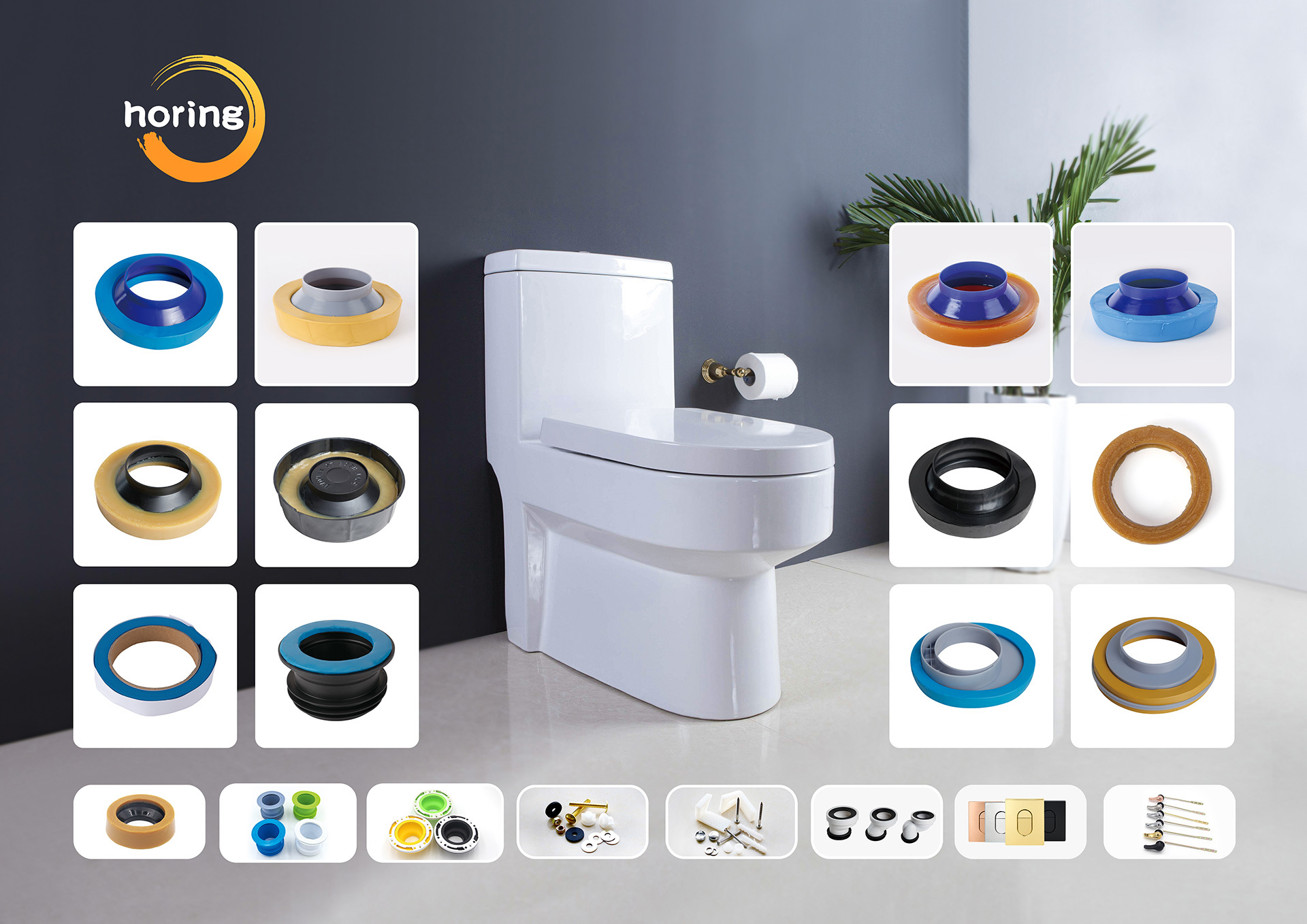Essential Guide to Quality Toilet Tank to Bowl Screws: Ensuring Reliable Connections
Release Time:
May 12,2025
Source:
When installing or repairing a toilet, one crucial component often overlooked is the quality of the toilet tank to bowl screws. These screws play an essential role in securing the toilet tank to the bowl, ensuring a watertight seal and preventing leaks. In this article, we will explore the importance of these screws, the materials used, and tips for choosing the right ones for your plumbing needs.
Toilet tank to bowl screws are typically made from materials that resist corrosion, as they are constantly exposed to moisture. Stainless steel is a popular choice due to its durability and resistance to rust. However, other materials, such as brass and plastic, can also be used, depending on the specific requirements of the toilet installation. It is crucial to choose screws that are not only strong but also compatible with the materials of both the tank and bowl to ensure a secure fit.
When selecting quality toilet tank to bowl screws, consider the following factors:
1. **Material Quality**: As mentioned, the material is critical. High-quality stainless steel screws offer longevity and strength, while plastic screws are lightweight and resistant to corrosion but may not provide the same level of support.
2. **Size and Length**: Ensuring the correct size and length is vital for effective installation. Using screws that are too short may result in inadequate fastening, while those that are too long can cause damage to the components.
3. **Thread Type**: The thread type can also impact the effectiveness of the screws. Some screws have coarse threads designed for quick assembly, while others have fine threads for a firmer grip. Understanding your toilet's design will guide you in making the right choice.
4. **Manufacturer Specifications**: Always refer to the toilet manufacturer’s specifications and recommendations regarding the type of screws to use. This will help ensure compatibility and optimal performance.
5. **Installation Practices**: Proper installation techniques are as important as the screws themselves. Make sure to follow best practices by tightening screws evenly and avoiding overtightening, which can lead to cracks in the porcelain.
In conclusion, quality toilet tank to bowl screws are vital for maintaining the integrity of your toilet system. By selecting the right materials, ensuring proper sizing, and following prescribed installation practices, you can avoid leaks and prolong the lifespan of your plumbing fixtures. Always prioritize quality when choosing your fasteners to ensure a reliable and efficient plumbing system.
Toilet tank to bowl screws are typically made from materials that resist corrosion, as they are constantly exposed to moisture. Stainless steel is a popular choice due to its durability and resistance to rust. However, other materials, such as brass and plastic, can also be used, depending on the specific requirements of the toilet installation. It is crucial to choose screws that are not only strong but also compatible with the materials of both the tank and bowl to ensure a secure fit.
When selecting quality toilet tank to bowl screws, consider the following factors:
1. **Material Quality**: As mentioned, the material is critical. High-quality stainless steel screws offer longevity and strength, while plastic screws are lightweight and resistant to corrosion but may not provide the same level of support.
2. **Size and Length**: Ensuring the correct size and length is vital for effective installation. Using screws that are too short may result in inadequate fastening, while those that are too long can cause damage to the components.
3. **Thread Type**: The thread type can also impact the effectiveness of the screws. Some screws have coarse threads designed for quick assembly, while others have fine threads for a firmer grip. Understanding your toilet's design will guide you in making the right choice.
4. **Manufacturer Specifications**: Always refer to the toilet manufacturer’s specifications and recommendations regarding the type of screws to use. This will help ensure compatibility and optimal performance.
5. **Installation Practices**: Proper installation techniques are as important as the screws themselves. Make sure to follow best practices by tightening screws evenly and avoiding overtightening, which can lead to cracks in the porcelain.
In conclusion, quality toilet tank to bowl screws are vital for maintaining the integrity of your toilet system. By selecting the right materials, ensuring proper sizing, and following prescribed installation practices, you can avoid leaks and prolong the lifespan of your plumbing fixtures. Always prioritize quality when choosing your fasteners to ensure a reliable and efficient plumbing system.
Related News



